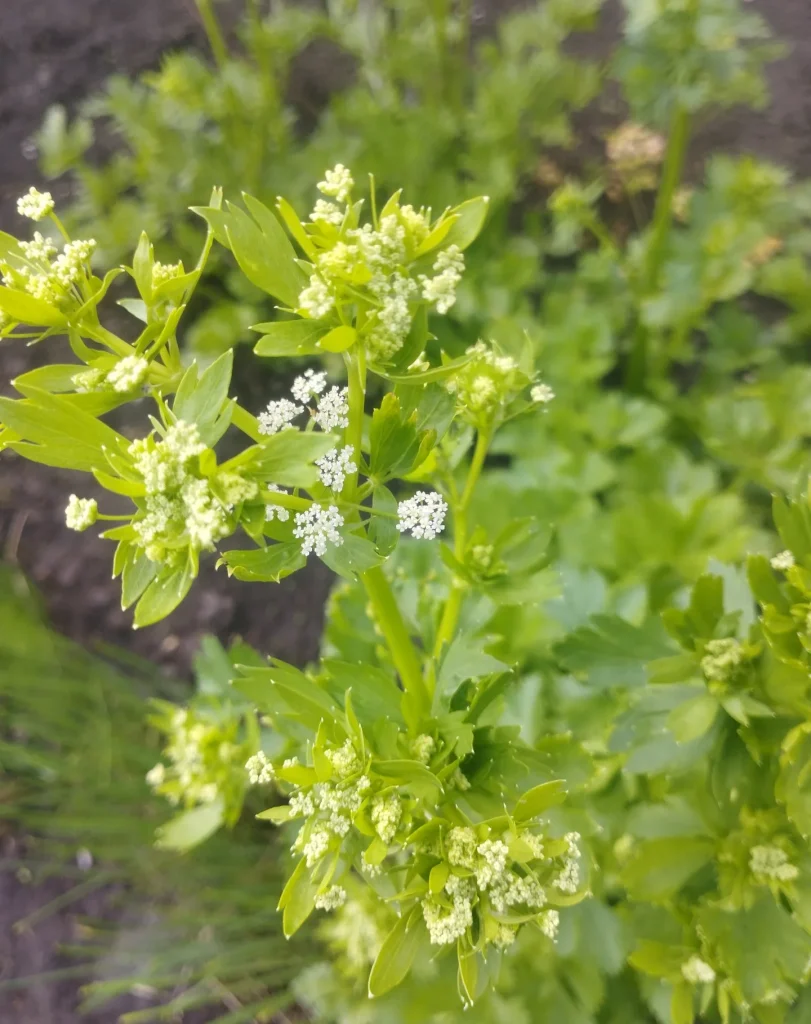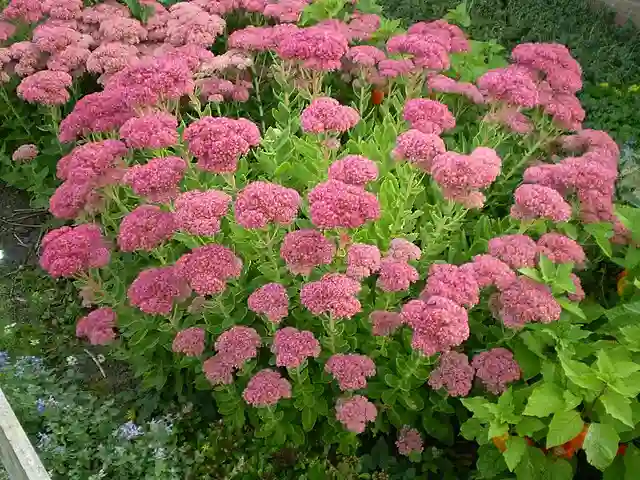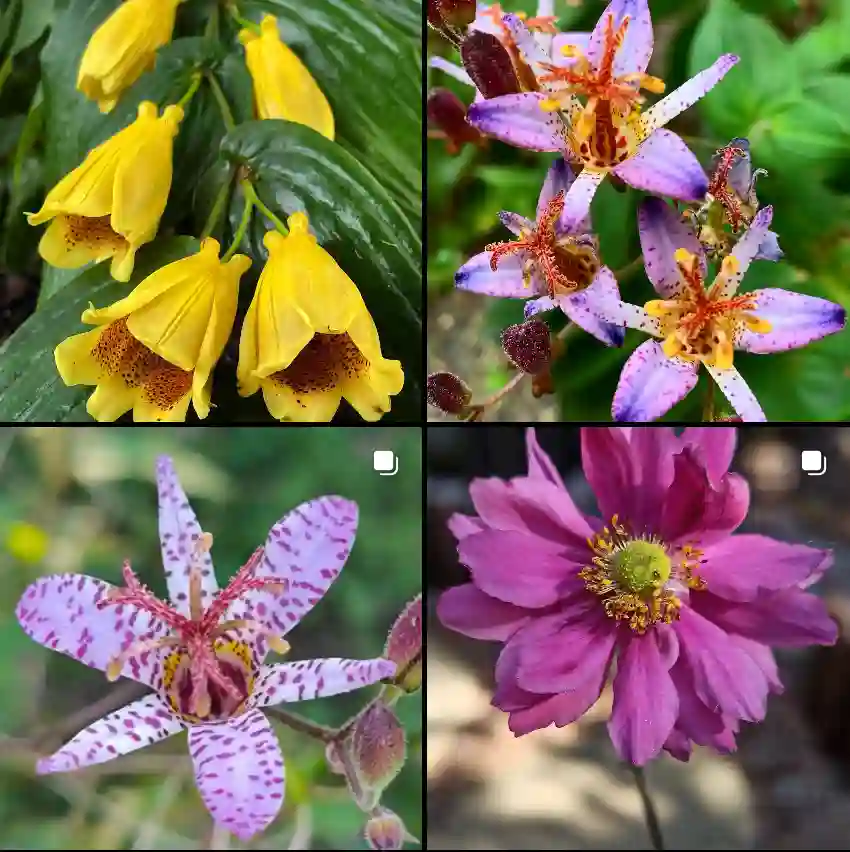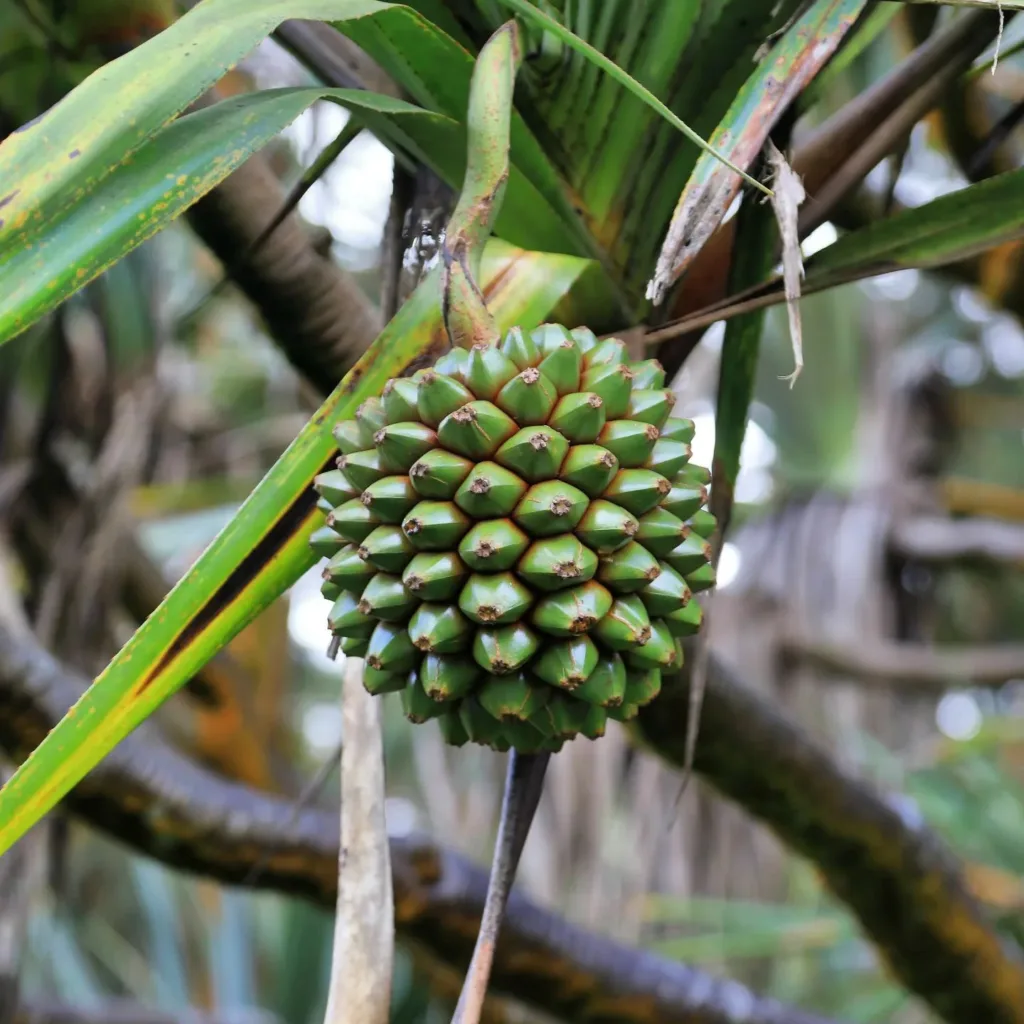Exploring the Marcgraviaceae Family: A Deep Dive into the Genera
As a plant enthusiast with a particular passion for exotic and unique flora, I’ve spent countless hours exploring various plant families. One that continues to fascinate me is the Marcgraviaceae family, a group of tropical plants known for their distinctive appearance and relationship with hummingbirds and other pollinators. In this article, I’ll share my experiences and insights into the key genera within this family: Marcgravia, Marcgraviastrum, Norantea, Ruyschia, Sarcopera, Schwartzia, and Souroubea.
The Marcgraviaceae Family at a Glance
The Marcgraviaceae family is native to the Neotropics, stretching from the southern regions of Mexico through Central and South America, all the way to the Caribbean. What initially drew me to this family was their stunning floral adaptations. The flowers of many species within the family are highly specialized for pollination by birds, particularly hummingbirds, making them a striking sight in tropical forests.
Most members of the Marcgraviaceae family are vines, epiphytes, or shrubs, with their growth forms varying depending on the genus. They thrive in humid, shaded environments, often clinging to the trunks of large trees in the dense rainforest. Their leaves are typically simple and leathery, with their flowers forming intricate structures that support nectar-feeding pollinators.
Marcgravia: A Hummingbird’s Best Friend
62 Species in Genus Marcgravia
Of all the genera in the Marcgraviaceae family, Marcgravia is the one I’ve had the most experience with. These are epiphytic vines that use their tendrils to attach to trees. What fascinates me about Marcgravia species is their unique adaptation for bird pollination. The flowers produce nectar in abundance, and their cup-shaped leaves serve as a platform for birds to perch while feeding. This symbiotic relationship benefits both the plant and the birds, particularly hummingbirds, which thrive on the rich nectar these plants produce.
One species that stands out is Marcgravia umbellata, a striking plant with drooping inflorescences that attract pollinators from afar. Its leaves are not only attractive to birds but also to plant collectors due to their glossy texture and unique shape. Watching hummingbirds flit around Marcgravia flowers has become one of my favorite activities when exploring tropical regions.
Marcgraviastrum: A Closer Cousin to Marcgravia
While less well-known than Marcgravia, Marcgraviastrum shares many similarities with its cousin. Like Marcgravia, it is often found as an epiphyte in tropical forests, clinging to tree trunks and providing nectar for pollinators. However, Marcgraviastrum tends to have smaller, more delicate flowers. The flowers are still designed for bird pollination but are less showy than those of Marcgravia. This genus is perfect for those who appreciate subtler beauty in their plant collections.
Norantea: The Nectar Powerhouse
When I think of Norantea, the first thing that comes to mind is nectar. This genus is renowned for its extraordinarily nectar-rich flowers, which not only attract hummingbirds but also a variety of insects. In some regions, these plants are crucial to maintaining pollinator populations. Norantea species often grow as large, woody vines, and their flowers are usually tubular, making them ideal for pollinators with long beaks or proboscises.
One particularly fascinating species is Norantea guianensis, known for its bright red flowers that stand out vividly against the green foliage. These blooms seem to pulsate with life as birds, bees, and even butterflies compete for a taste of the nectar.
Ruyschia: A Rare Gem
Ruyschia is one of the lesser-known genera within the Marcgraviaceae family, and it’s not as widely cultivated or studied as some of its relatives. However, I’ve found it to be a hidden gem. Its small, delicate flowers are still appealing to pollinators, but the genus’s real draw lies in its rarity and the challenge of cultivating it. For plant collectors like me, finding and growing a Ruyschia species can be a rewarding experience, though it often requires patience and expertise.
Sarcopera: The Hardy Survivor
Another genus that piqued my interest is Sarcopera, primarily due to its hardiness compared to other members of the Marcgraviaceae family. While many plants in this family require high humidity and consistent moisture, Sarcopera species are more adaptable, able to withstand slightly drier conditions. Their flowers are typically small and clustered, designed for efficient pollination in challenging environments.
Schwartzia: The Showstopper
Schwartzia is one of the most visually striking genera in the family. The flowers are larger and more conspicuous than those of other genera, often forming large clusters that practically beg for attention. I’ve found Schwartzia to be a fantastic addition to any garden or collection that aims to attract pollinators. These plants also have a dramatic presence, with their large flowers creating a visual spectacle that rivals any other tropical plant.
Souroubea: The Multipurpose Vine
Souroubea is a versatile genus within the Marcgraviaceae family. These plants are often used medicinally in their native habitats, with various parts of the plant being utilized to treat ailments ranging from respiratory issues to digestive problems. In addition to their practical uses, Souroubea species are also lovely to look at, with their trailing vines and attractive flowers. I’ve encountered these plants more often in the wild than in cultivation, but I’m always struck by their beauty and utility.
Conclusion: The Allure of Marcgraviaceae
The Marcgraviaceae family is full of fascinating plants that not only look beautiful but also play essential roles in their ecosystems. Whether it’s the hummingbird-attracting Marcgravia, the nectar-rich Norantea, or the hardy Sarcopera, each genus offers something unique for plant lovers like myself. Exploring these plants has deepened my appreciation for tropical biodiversity and the intricate relationships between plants and their pollinators. For anyone interested in tropical plants, the Marcgraviaceae family is a captivating area of study and cultivation.
If i die, water my plants!



